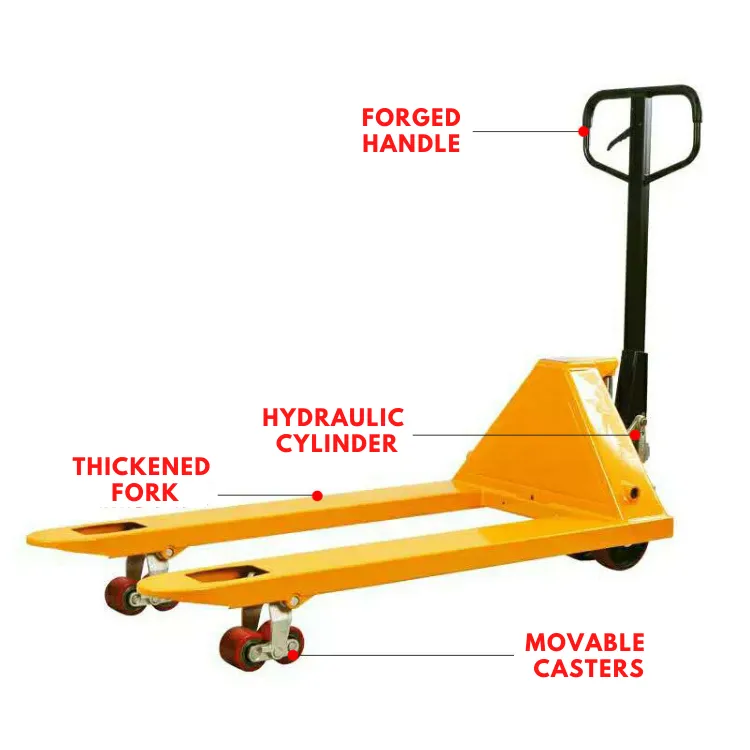moving heavy equipment with rollers
Moving Heavy Equipment with Rollers A Practical Guide
Moving heavy equipment is a daunting task that requires careful planning and execution. Whether it's for construction, manufacturing, or any industrial setting, the need to shift large machines often arises. One effective method for this is using rollers, which can significantly simplify the process and enhance safety. This article will explore the advantages of using rollers, the process involved, and some safety considerations to keep in mind.
Rollers are cylindrical devices that facilitate the movement of heavy items across surfaces. They work on the principle of reducing friction, thereby enabling easier transport of massive loads. There are various types of rollers available, including steel rollers, plastic rollers, and heavy-duty polyurethane rollers. Each type has its distinct advantages, depending on the weight of the equipment and the surface over which it will be moved.
One of the primary advantages of using rollers is the efficiency they bring to heavy lifting tasks. Instead of relying solely on cranes or forklifts, which may have limitations in space or maneuverability, rollers can allow for more flexibility in tight environments. They can be placed under the equipment, allowing it to be pushed or pulled into position with relative ease. This method not only saves time but can also reduce labor costs by minimizing the number of personnel required for the move.
moving heavy equipment with rollers

The process of moving heavy equipment with rollers is systematic. First, it's crucial to assess the equipment's weight and dimensions to select the appropriate roller type. After ensuring that the equipment is stable and secure, rollers are strategically placed underneath. Ideally, the rollers should be positioned at intervals to distribute weight evenly and maintain balance during movement. Once set, the equipment can be rolled to its new location, with constant monitoring to ensure safety.
While the roller method presents many benefits, safety should always remain a top priority. Before commencing the move, it's essential to conduct a thorough risk assessment. This includes checking the load-bearing capacity of the rollers and the condition of the surface on which the rolling will take place. Clear pathways should be established to avoid obstacles, and all personnel involved should wear appropriate safety gear, including helmets, gloves, and steel-toed boots. Additionally, having a designated spotter during the maneuver can help prevent accidents and ensure smoother operations.
In conclusion, moving heavy equipment with rollers is an effective technique that can enhance efficiency and reduce labor costs while prioritizing safety. By understanding the appropriate methods and adhering to safety protocols, businesses can optimize their equipment movement processes. This approach not only streamlines operations but also ensures that heavy machinery is relocated with minimal risk, contributing to overall productivity in industrial settings. Whether you’re moving equipment for a one-time project or as part of regular operations, incorporating rollers into your strategy is a practical solution worth considering.
-
Unlock Seamless Relocation with Our Heavy Equipment Moving ExpertiseNewsJun.06,2025
-
Unleash Unrivaled Flexibility with Our Adjustable Gantry CraneNewsJun.06,2025
-
Unleash Heavy-Duty Efficiency with Our Industrial Gantry Crane SolutionsNewsJun.06,2025
-
Revolutionize Steel Handling with Our Magnetic Lifter RangeNewsJun.06,2025
-
Master Equipment Mobility with Premium Machinery Mover SolutionsNewsJun.06,2025
-
Elevate Your Material Handling with Magnetic Lifter TechnologyNewsJun.06,2025
-
YS Permanent Lifting Magnets: The Smarter Way to Handle SteelNewsMay.22,2025
